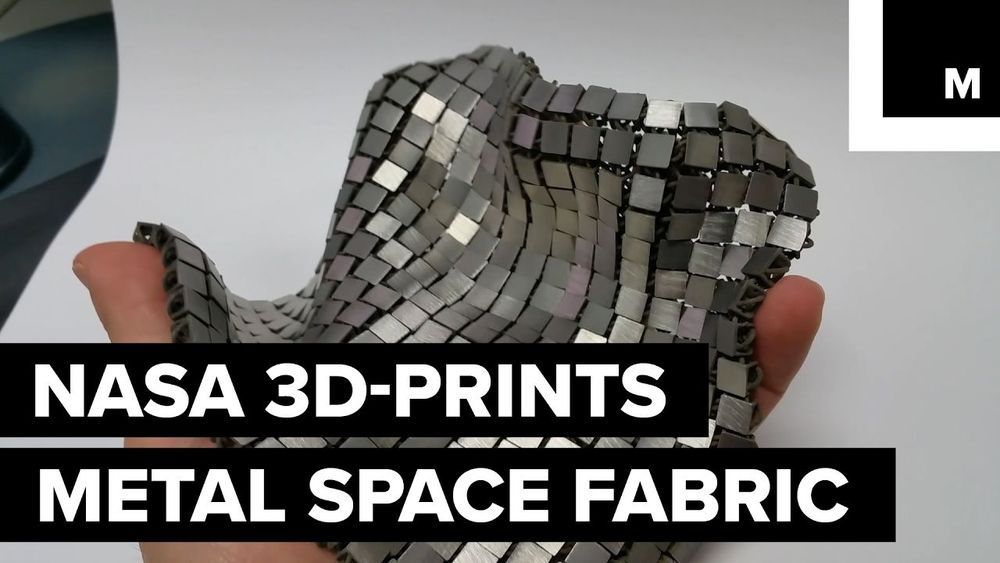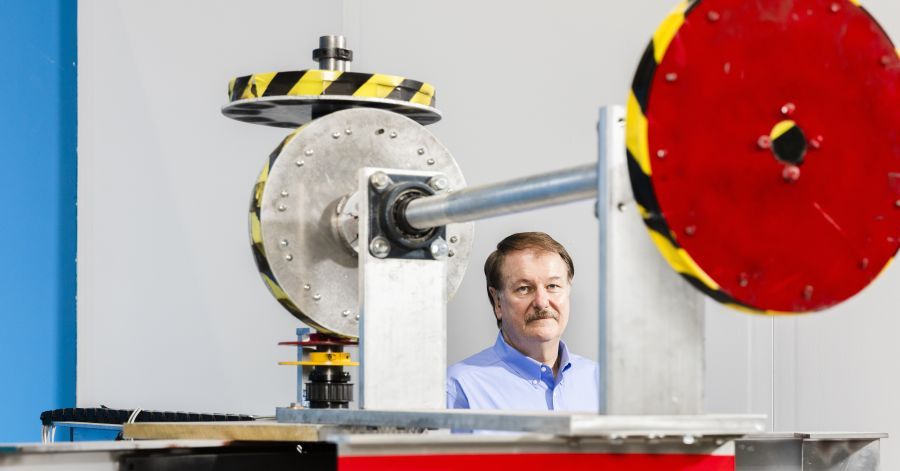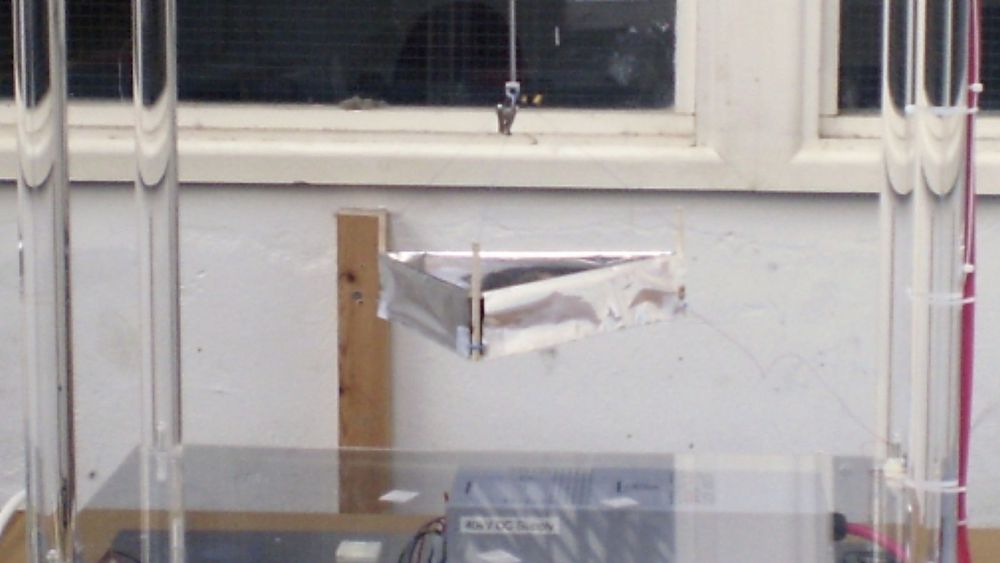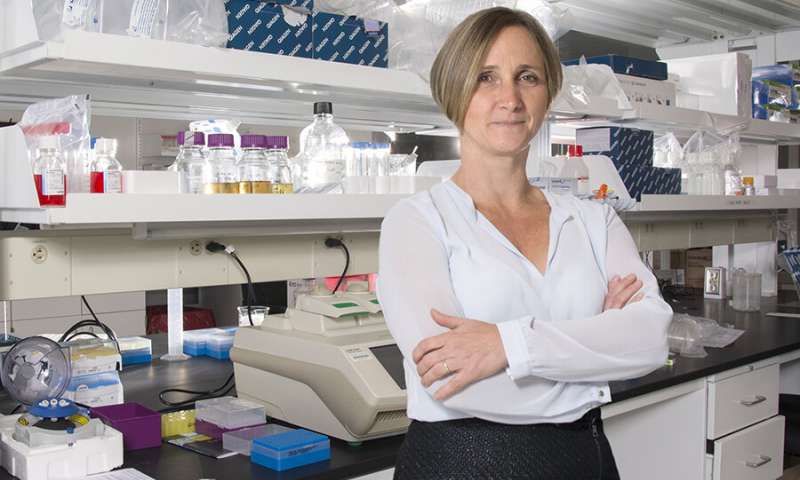Page 7876
May 17, 2019
Triumph Is Building an Electric Motorcycle
Posted by Quinn Sena in categories: sustainability, transportation
May 17, 2019
NASA designed space fabric to make space suits more flexible
Posted by Quinn Sena in categories: 3D printing, space

Raul Polit Casillas at NASA’s JPL created a 3D-printed “space fabric” that’s flexible, easy to create, and a thermal regulator.
FACEBOOK: https://www.facebook.com/mashable/
TWITTER: https://twitter.com/mashable
INSTAGRAM: https://www.instagram.com/mashable/
May 17, 2019
One Man’s Unlikely Quest to Power the World With Magnets
Posted by Quinn Sena in category: particle physics
Dennis Danzik has invented a whirligig that calls for the suspension of disbelief and the laws of physics. If it works as advertised, it would rank with the harnessing of steam, electricity and the atom.
May 17, 2019
Ionic thrusters could power the ultra-efficient, stealth drones of the future
Posted by Quinn Sena in categories: drones, futurism
Stealth drones and other aircraft of the future could be powered by engines that don’t have any moving parts, can’t be detected by infrared, and are more efficient than what we have today. A new study by MIT researchers demonstrated all of these capacities and more for ionic thrusters and now at least one major aerospace company, Lockheed Martin, has said it’s investigating the technology.
“I think UAVs would be the most likely initial application if [ionic thrusters] work,” said the lead researcher in the study, MIT aerospace professor Steven Barrett, in an email to The Verge. Ionic thrusters for aircraft work by generating a high-voltage electrical field that strips electrons from air molecules, “ionizing” them and pushing them away behind an aircraft as ionic wind, to move the craft forward. Scientists and hobbyists have been tinkering with small, lightweight model planes using these kinds of propulsion systems since the 1960s. The technology uses no moving parts and is almost completely silent. It hasn’t come to full-size planes, though, due to power concerns.
May 17, 2019
Helping robots remember: Hyperdimensional computing theory could change the way AI works
Posted by Quinn Sena in category: robotics/AI

The Houston Astros’ José Altuve steps up to the plate on a 3–2 count, studies the pitcher and the situation, gets the go-ahead from third base, tracks the ball’s release, swings … and gets a single up the middle. Just another trip to the plate for the three-time American League batting champion.
Could a robot get a hit in the same situation? Not likely.
May 17, 2019
Verizon’s 5G network is now hitting gigabit download speeds
Posted by Quinn Sena in category: internet
May 17, 2019
Scientists Want to Create a Universe in a Lab, And They Actually Could
Posted by Quinn Sena in category: futurism
May 17, 2019
Vatican conference on robotics and artificial intelligence
Posted by Michael Lance in categories: ethics, robotics/AI
The Vatican is hosting a 2-day conference on the impact of robotics and AI on humanity.
A 2-day conference focusing on the impact of robotics and artificial intelligence on humanity, that began in the Vatican on Thursday, is being organized by the Pontifical Academy of Social Sciences and the Pontifical Academy of Sciences.
By Robin Gomes
Continue reading “Vatican conference on robotics and artificial intelligence” »
May 17, 2019
Researchers have identified the first human-specific fusion gene
Posted by Paul Battista in categories: biotech/medical, neuroscience
University at Buffalo researchers have identified the first human-specific fusion gene—a hybrid of two genes—implicated in Alzheimer’s disease. The finding suggests that a neurotransmitter receptor, previously successful in animal studies but that failed in human trials for Alzheimer’s, might still turn out to be a valuable therapy.
In a paper published in February in Translational Psychiatry, the UB researchers reported that this human fusion gene acts on a receptor for the neurotransmitter acetylcholine, which is involved in memory and learning, and which is reduced in people with Alzheimer’s.
The fusion gene is CHRFAM7A, which is very common in people and has been implicated in many neuropsychiatric disorders, such as schizophrenia and bipolar disease.
Continue reading “Researchers have identified the first human-specific fusion gene” »
















